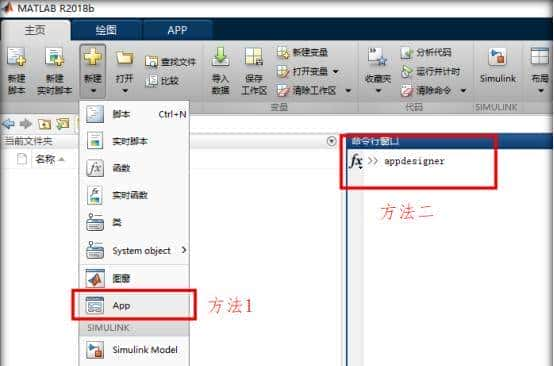原文:https://murphypei.github.io/blog/2019/04/cpp-std-ref
C++11 中引入 std::ref 用于取某个变量的引用,这个引入是为了解决一些传参问题。
我们知道 C++ 中本来就有引用的存在,为何 C++11 中还要引入一个 std::ref 了?主要是思考函数式编程(如 std::bind)在使用时,是对参数直接拷贝,而不是引用。下面通过例子说明
示例1:
#include <functional>
#include <iostream>
void f(int& n1, int& n2, const int& n3)
{
std::cout << "In function: " << n1 << << n2 << << n3 <<
;
++n1; // increments the copy of n1 stored in the function object
++n2; // increments the main() s n2
// ++n3; // compile error
}
int main()
{
int n1 = 1, n2 = 2, n3 = 3;
std::function<void()> bound_f = std::bind(f, n1, std::ref(n2), std::cref(n3));
n1 = 10;
n2 = 11;
n3 = 12;
std::cout << "Before function: " << n1 << << n2 << << n3 <<
;
bound_f();
std::cout << "After function: " << n1 << << n2 << << n3 <<
;
}
输出:
Before function: 10 11 12
In function: 1 11 12
After function: 10 12 12
上述代码在执行 std::bind 后,在函数 f() 中 n1 的值依旧是 1,n2 和 n3 改成了修改的值,说明 std::bind 使用的是参数的拷贝而不是引用,因此必须显示利用 std::ref 来进行引用绑定。具体为什么 std::bind 不使用引用,可能的确 有一些需求,使得 C++11 的设计者认为默认应该采用拷贝,如果使用者有需求,加上 std::ref 即可。
之所以std::bind默认是拷贝,由于std::function<void()> bound_f,这个函数变量可能不在当前作用域下执行,如果在其他作用域,那么当前作用域退出时,n1、n2、n3就会被释放,bound_f再次调用 f 函数时,如果 f 操作的还是原来的n1、n2、n3很可能出现内存错误,所以默认是拷贝;当改为 std::ref 时,必须人为确认使用引用没有问题,才能这么写
示例2:
#include<thread>
#include<iostream>
#include<string>
void threadFunc(std::string &str, int a)
{
str = "change by threadFunc";
a = 13;
}
int main()
{
std::string str("main");
int a = 9;
std::thread th(threadFunc, std::ref(str), a);
th.join();
std::cout<<"str = " << str << std::endl;
std::cout<<"a = " << a << std::endl;
return 0;
}
输出:
str = change by threadFunc
a = 9
可以看到,和 std::bind 类似,多线程的 std::thread 也是必须显式通过 std::ref 来绑定引用进行传参,否则,形参的引用声明是无效的。
© 版权声明
文章版权归作者所有,未经允许请勿转载。
相关文章

暂无评论...












